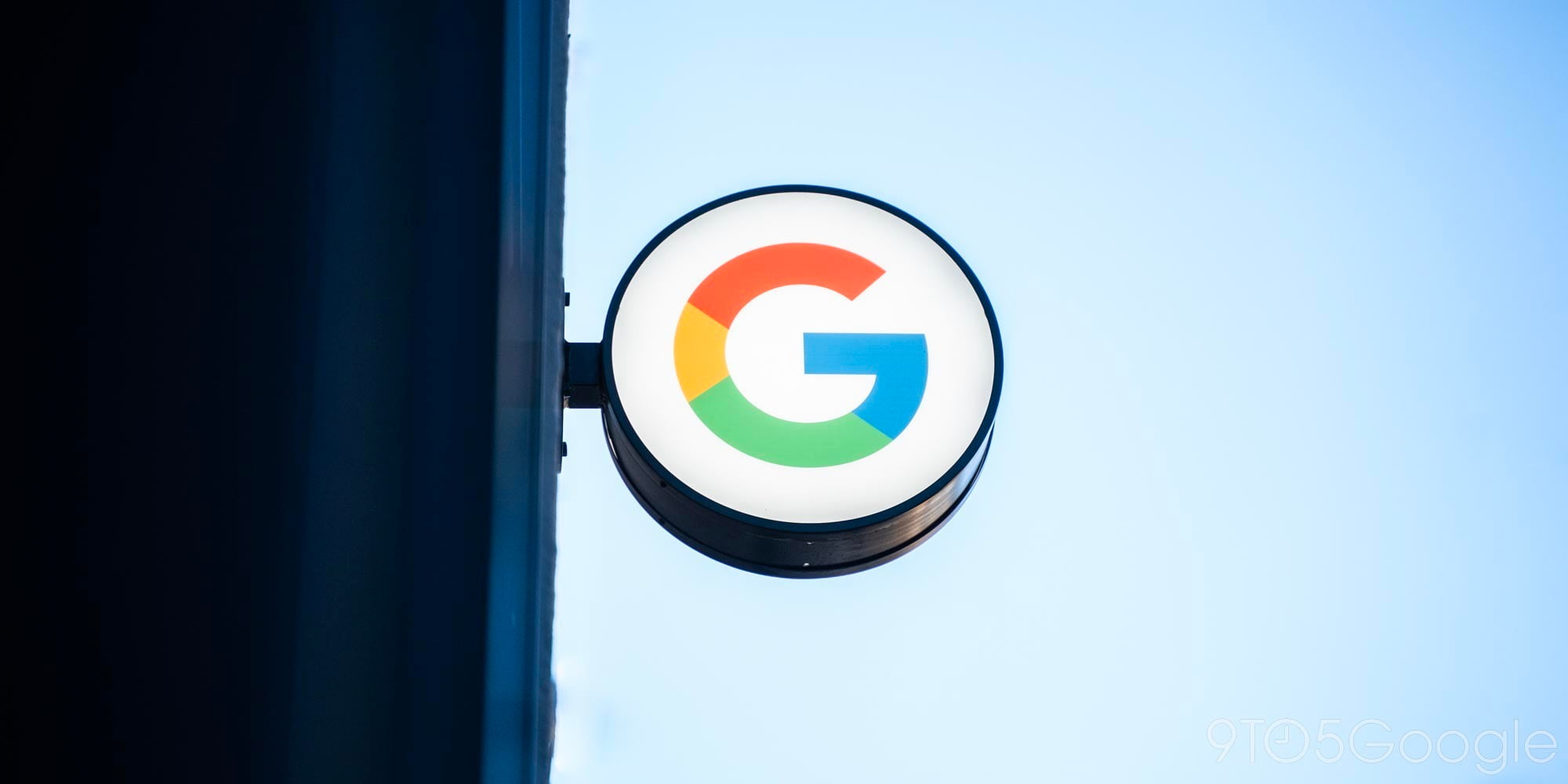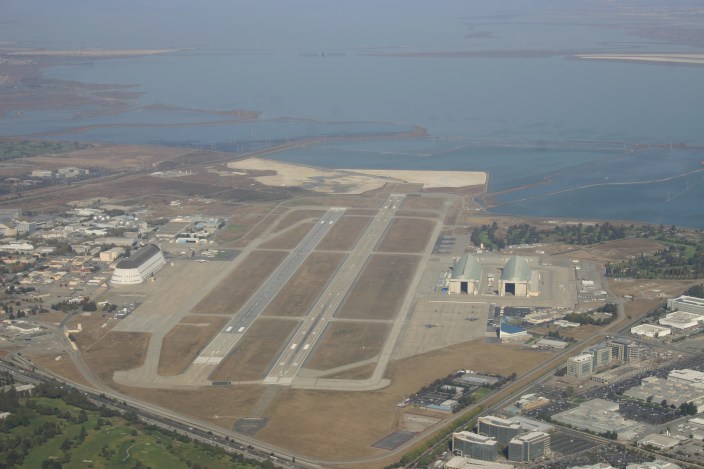
An interesting story from the BBC goes behind the scenes with the satellites that are used to take imagery of earth that eventually land in Google Maps and Google Earth.
Behind a long rectangular window, in a high white room tended by ghostly figures in masks and hats, a new satellite is taking shape. Once in orbit later this year, WorldView-3 will be one of the most powerful Earth observation satellites ever sent into space by a private company. Spinning around the planet some 600 kilometres (370 miles) above us, it will cover every part of the Earth’s surface every couple of days.
Google gets the majority of its imagery from DigitalGlobe and Ball Aerospace is currently constructing new satellites for the company, as highlighted in the BBC report. The new WorldView-3 satellite will be capable of capturing objects 25cm (10 inches) across, but the report notes Google and customers other than the government only get access to “images with a resolution of 50cm (20 inches).” It’s likely much of the updated imagery you see on Google Maps and Earth over the next year will come from the new satellite once in orbit. The whole article is worth a read if you’re interested in learning more about how the satellites are built and capture imagery once in space.





